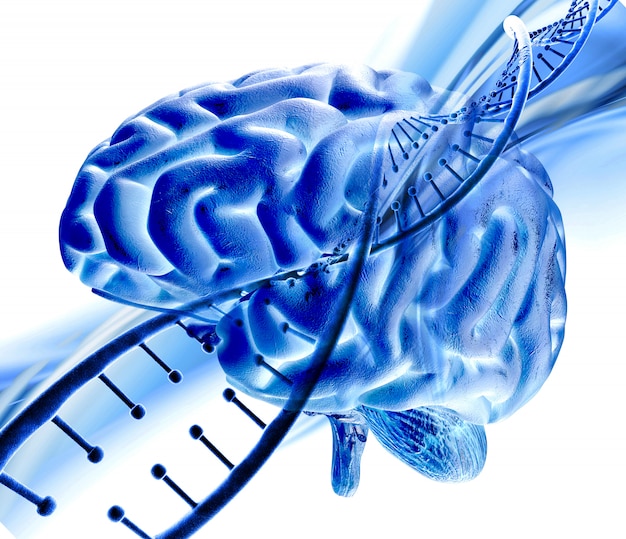
The University of Wyoming researchers picked each other’s brains, so to speak. They examined the importance of the frontal cortex, which is responsible for expressive language, judgment, and voluntary movement.
They discovered that these functions are carried out by recurrent neural networks, or RNNs.
Qian-Quan Sun, a UW professor of zoology and physiology, says this network receives input from emotional regions of the brain and sends out signals to control voluntary movement. The field of artificial intelligence has developed many artificial neural networks, including RNNs, that simulate the neural network in the brain and can solve particular problems, such as translation and object recognition.
A basis for investigating behavioral strategy is provided by this paper, which gives us an idea of the neural networks in mammalian brains. If we gather more details, we might be able to convert it to an artificial neural network and use it to solve real-world problems.”
UW’s Wyoming Sensory Biology Centre Director Sun is the lead author of “A Long-Range Recurrent Neuronal Network Linking the Emotion Regions with Somatic Motor Cortex” published in Cell Reports. Open-access journals report new biological insights in all areas of the life sciences.
A Ph.D. student from Beijing, China, Yihan Wang is the first author of the paper National Institutes of Health grants were used to fund the research.
The use of artificial RNNs to solve ordinal and temporal lobe problems, such as language translation, natural language processing, speech recognition, and image captioning, is a common application of deep-learning algorithms, Sun explained. RNNs determine what’s likely next by recognizing sequential patterns in data. Many applications incorporate RNNs, including Siri, Google Voice Search, and Google Translate.
Sun finds it surprising that RNNs aren’t just found in our brains, but they also possess highly efficient sequential processing capabilities and are built with more delicate functions. “Neurons in the cortex are generally reciprocal in their spatial arrangements and interdependent.
But Wang’s data show that despite the RNN’s existence in the brain’s most important part, the frontal cortex, it is less complex and mostly unidirectional than thought. It tells us that this network may have unique functions when compared to others.”
Wang and Sun examined the brains of mice for their lab research. These two types of mice were genetically modified so they could label specific neurons with fluorescent proteins that tracked the connections within the brain and to monitor specific neurons using fluorescent markers.
A lot of practical implications arise from the research, says Sun.
One, we will now be able to better understand how our brain makes decisions now that we have discovered this key building block. “Secondly, the discovery of similar RNNs in other parts of the brain will be facilitated. Three, in particular for the current study, it will help us understand how emotions, such as fear and anxiety, regulate our movements.”
Sun says we may also use the connection map to understand the cause of neurological and psychiatric disorders related to emotion regulation and voluntary movement. The researchers say that many details need to be resolved before this finding can have any wider application – such as how the local inhibitory networks refine RNNs and how specific emotion states are determined by different components.”
Sources:
Research paper: A long-range, recurrent neuronal network linking the emotion regions with the somatic motor cortex, DOI:https://doi.org/10.1016/j.celrep.2021.109733















One Response
Wow . it’s always interesting to read about neural network structure